Hydrogen set to play a vital part in green growth strategy
In 2017, Japan became the first industrialized nation to set out its national hydrogen plan. As part of the hydrogen society strategy, massive investments have been made in pioneering pilot projects, albeit with a clear focus on the importation of blue hydrogen. The Japanese hydrogen roadmap foresees expansion on the user side – through fuel cell vehicles, mini combined heat and power units in buildings, and the energy supply – as well as infrastructure build-out and, above all, the rapid establishment of supply chains abroad. And thanks to the Japanese government’s new climate target and green growth strategy, hydrogen has now assumed an even greater significance.
Shortly after taking over the reins from his predecessor Shinzo Abe, newly elected Prime Minister Yoshihide Suga used the opportunity of his inaugural address on Oct. 26, 2020, to announce a new direction in Japanese climate policy: a commitment to achieving net-zero greenhouse gas emissions by 2050. Such a goal would be impossible to reach under the Basic Energy Plan, published in 2015, that envisages a 56 percent share of fossil fuels in the electricity mix for 2030 and an unrealistic 20 percent to 22 percent contribution from nuclear power. A new strategic plan is due to be presented in spring 2021.
Against this backdrop, hydrogen is set to play a much more important role in Japan’s overall energy supply strategy in the future. The Japanese economy ministry’s “Energy Outlook of Carbon Neutrality in 2050” plan sees hydrogen as an important pillar in its bid for a carbon-neutral energy supply by 2050. In addition to its direct use in transport and buildings, hydrogen is also expected to provide a “decarbonized power source” alongside ammonia, which will act as a transitional fuel as the country shifts to a “hydrogen-powered society.” With Japan’s demand for electricity predicted to rise by 30 percent to 50 percent, the intention is for these energy carriers to cover 10 percent of the power requirement. Japan’s remaining electricity needs would then be met by renewables (50 percent to 60 percent) and nuclear and gas power plants with carbon capture use and storage (30 percent to 40 percent).
The country’s New Energy and Industrial Technology Development Organization, NEDO, has already funneled more than JPY 200 billion, roughly equivalent to EUR 1.5 billion, into the development of hydrogen technologies. What’s more, the Japanese government has set aside a pot of JPY 70 billion, or around EUR 0.53 billion, for hydrogen schemes for the new financial year which started in April. JPY 30 billion alone is being released in the form of subsidies for the purchase of fuel cell vehicles and the construction of hydrogen refueling stations. Hydrogen is also among the 14 priority areas outlined in the green growth strategy that was made public in December 2020; the initiative’s green innovation fund will invest a total of JPY 2 trillion, approximately EUR 15.2 billion, in future technologies over the next 10 years.
… Read more in the latest H2-International e-Journal, May 2021
Author: Johanna Schilling, ECOS Consult GmbH



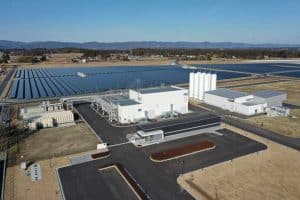


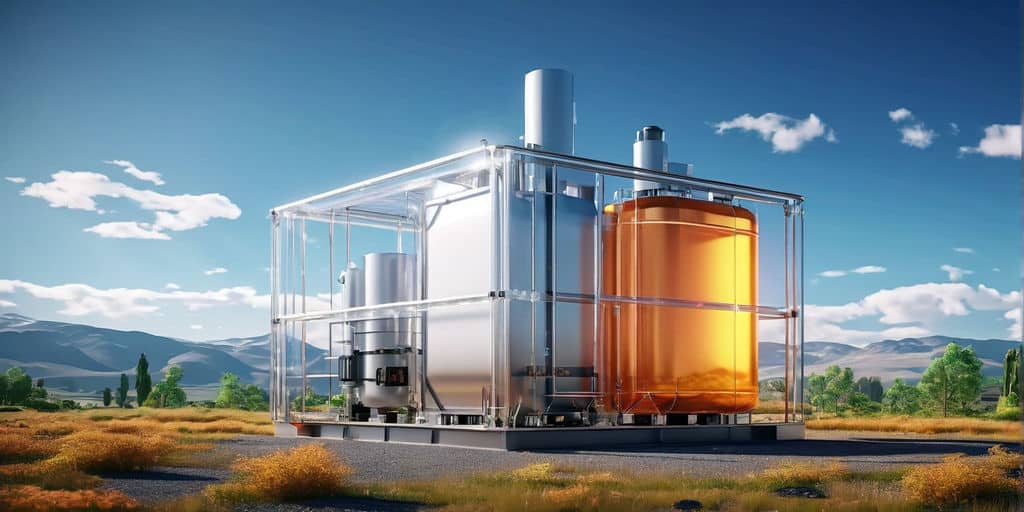

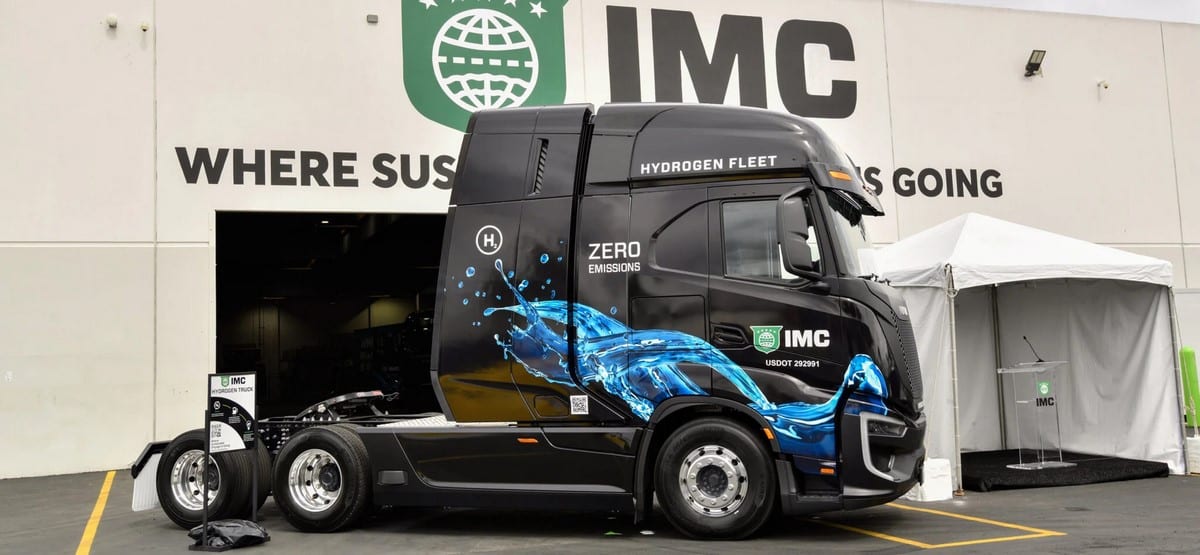

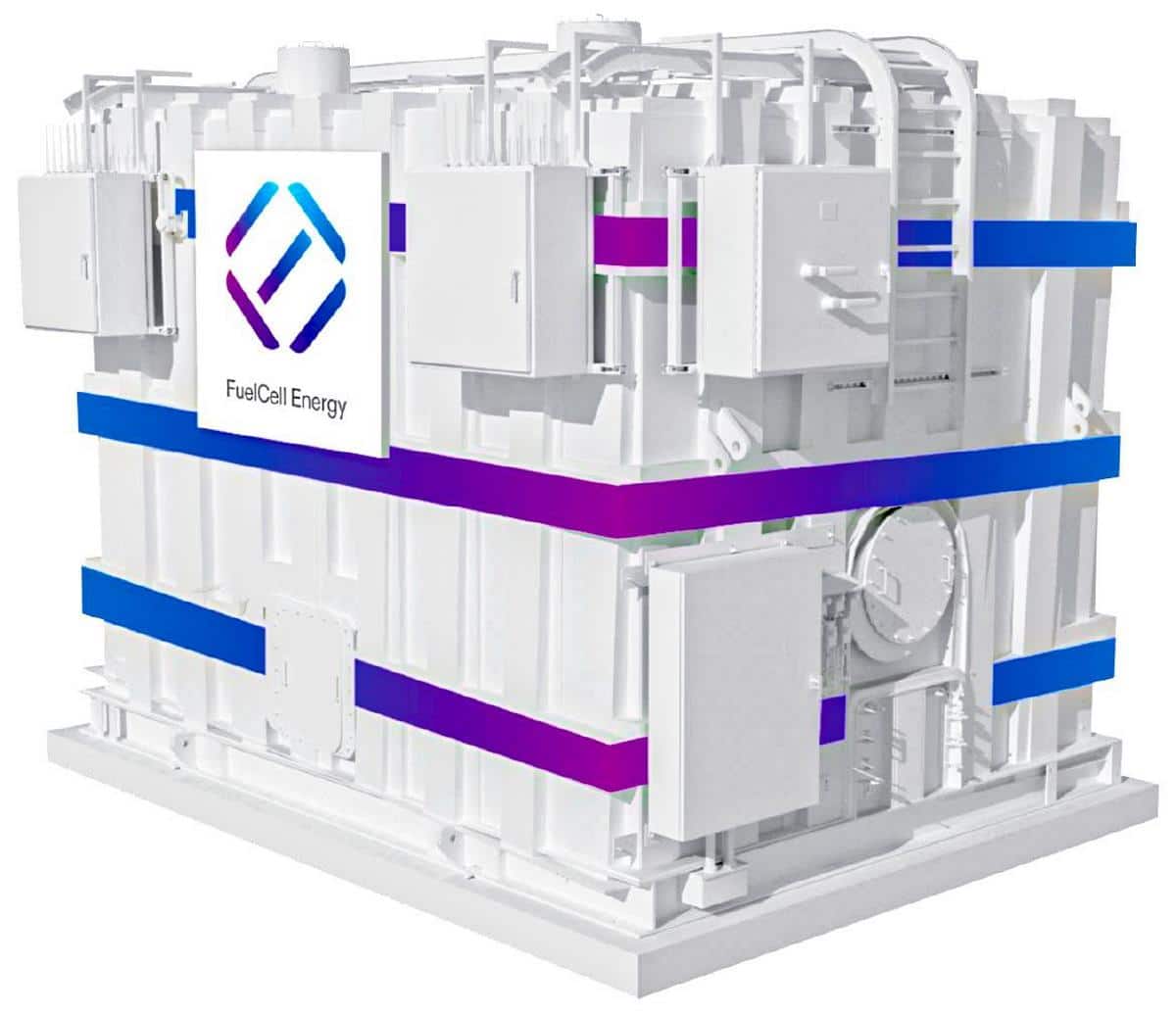
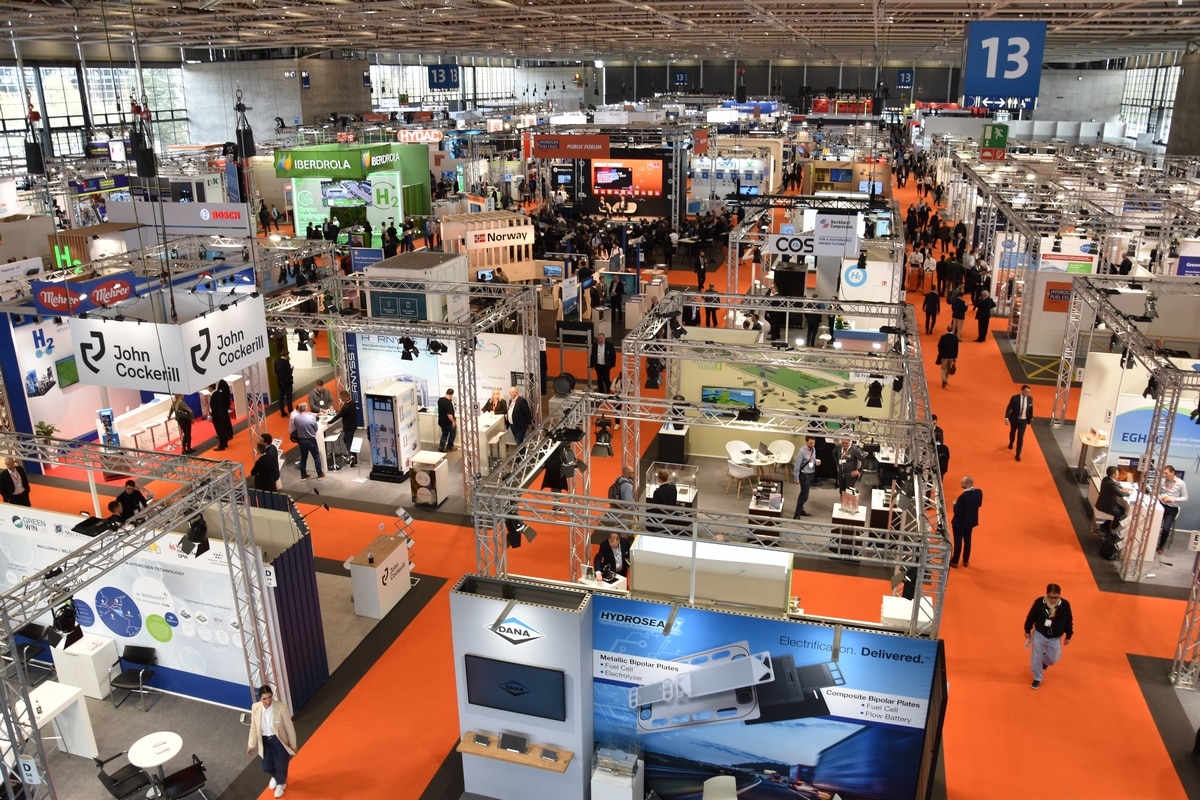


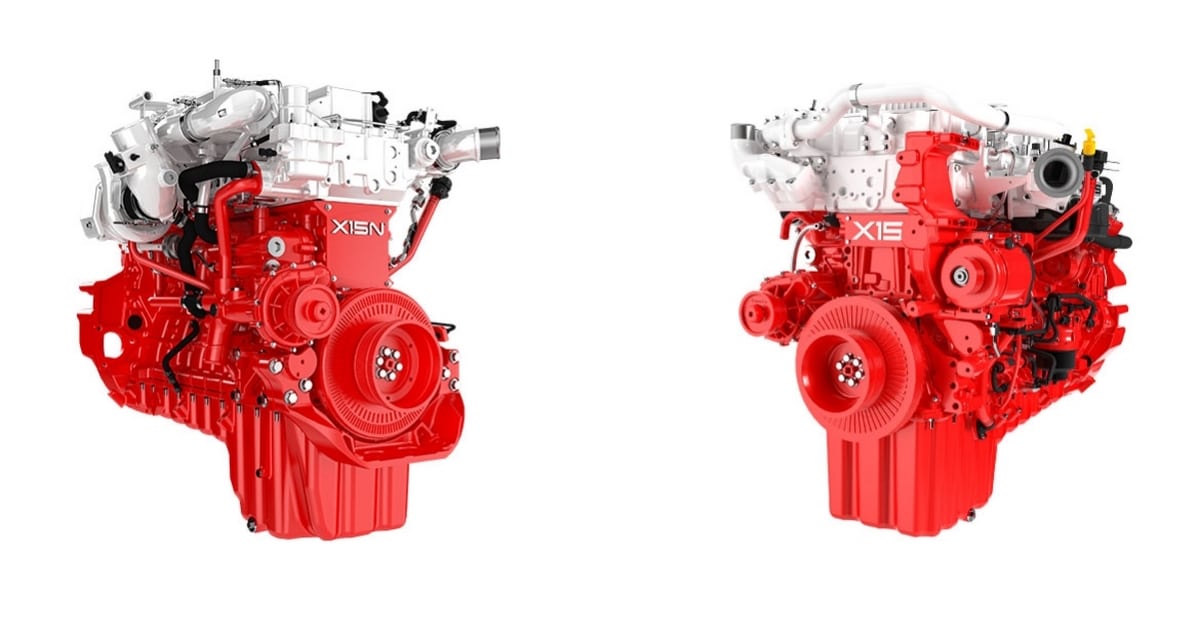
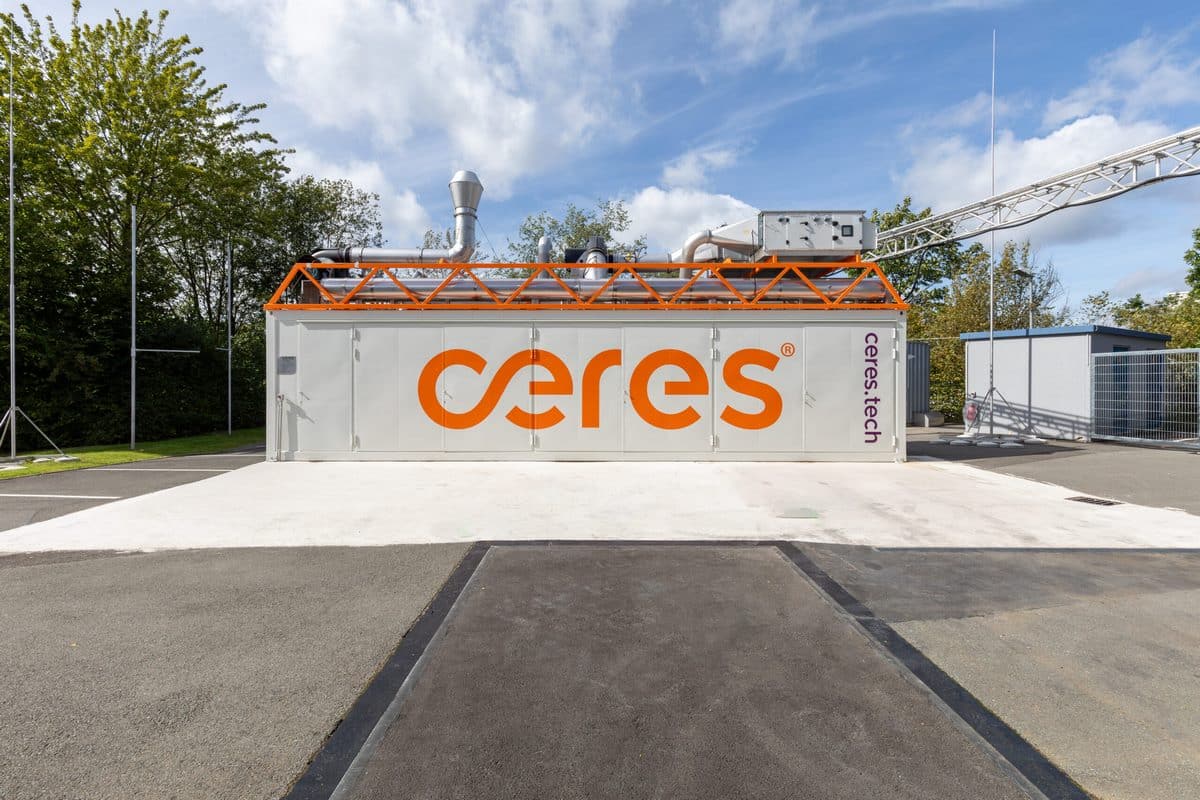




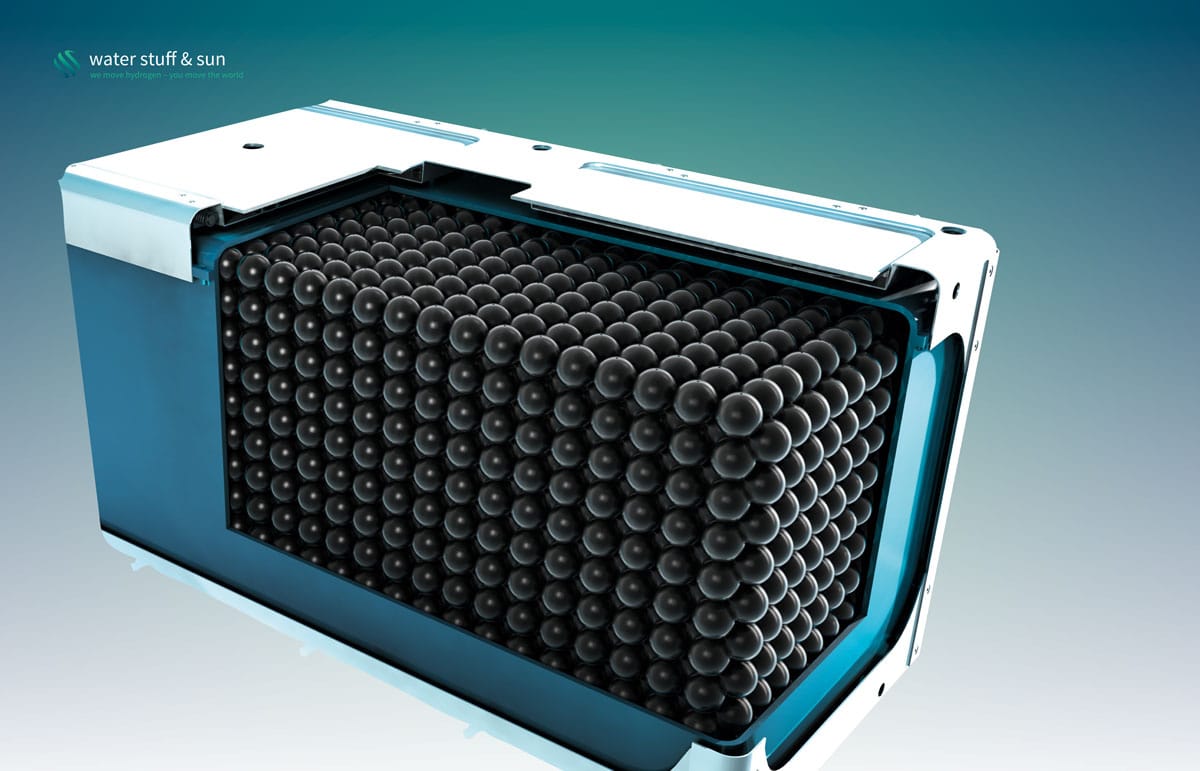

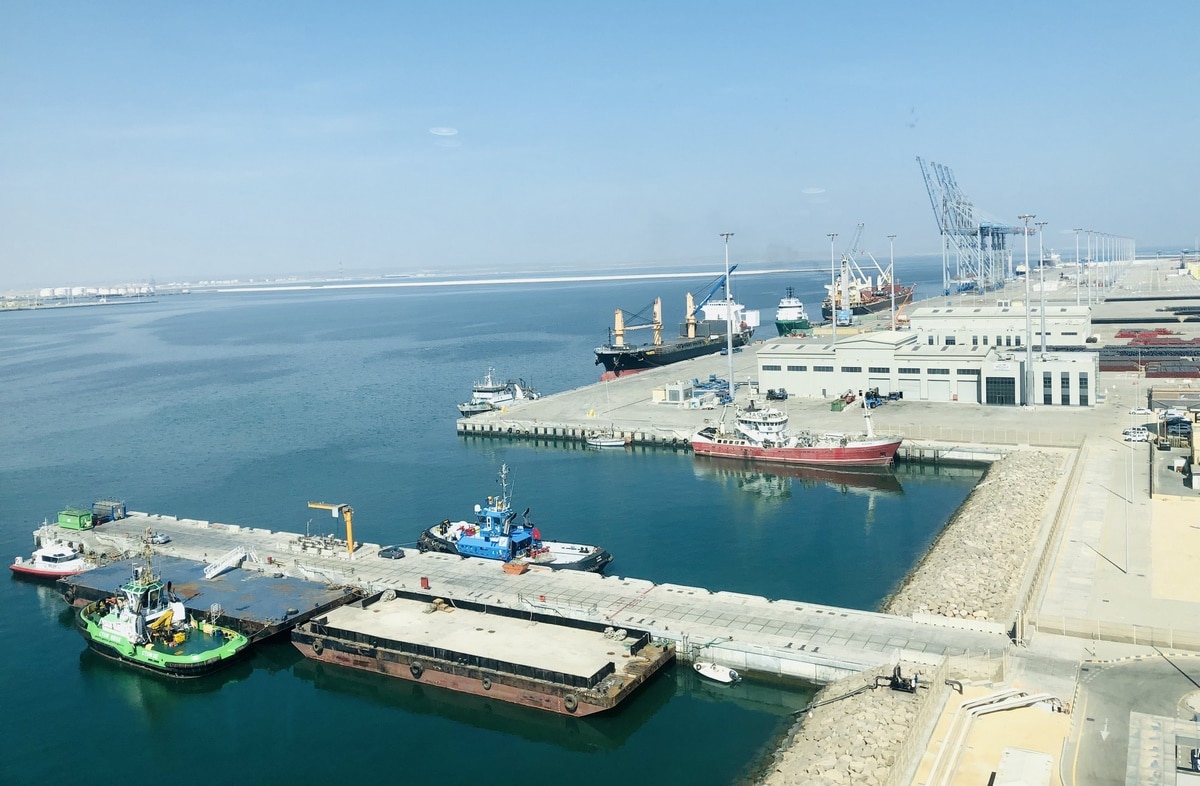



0 Comments